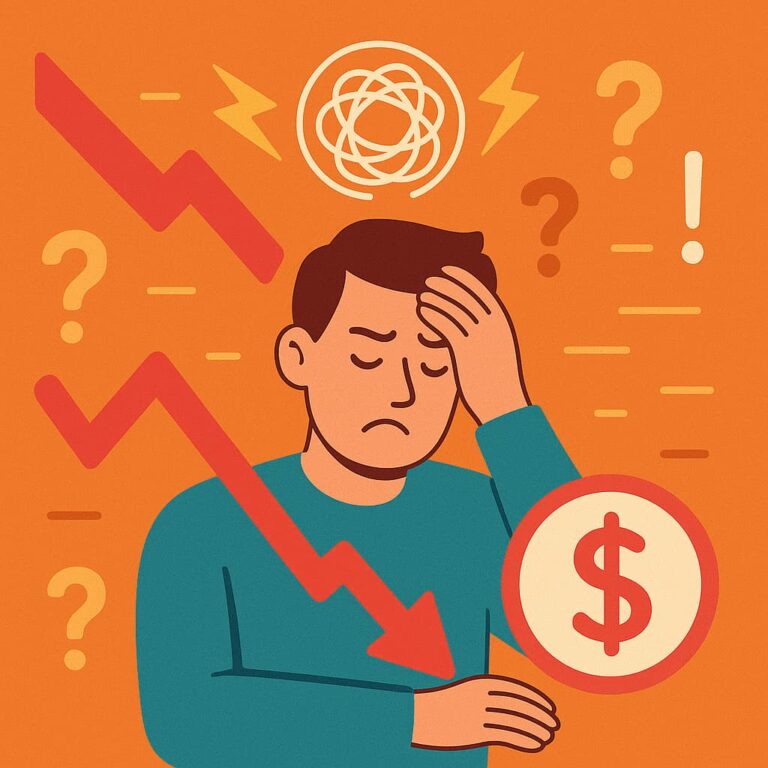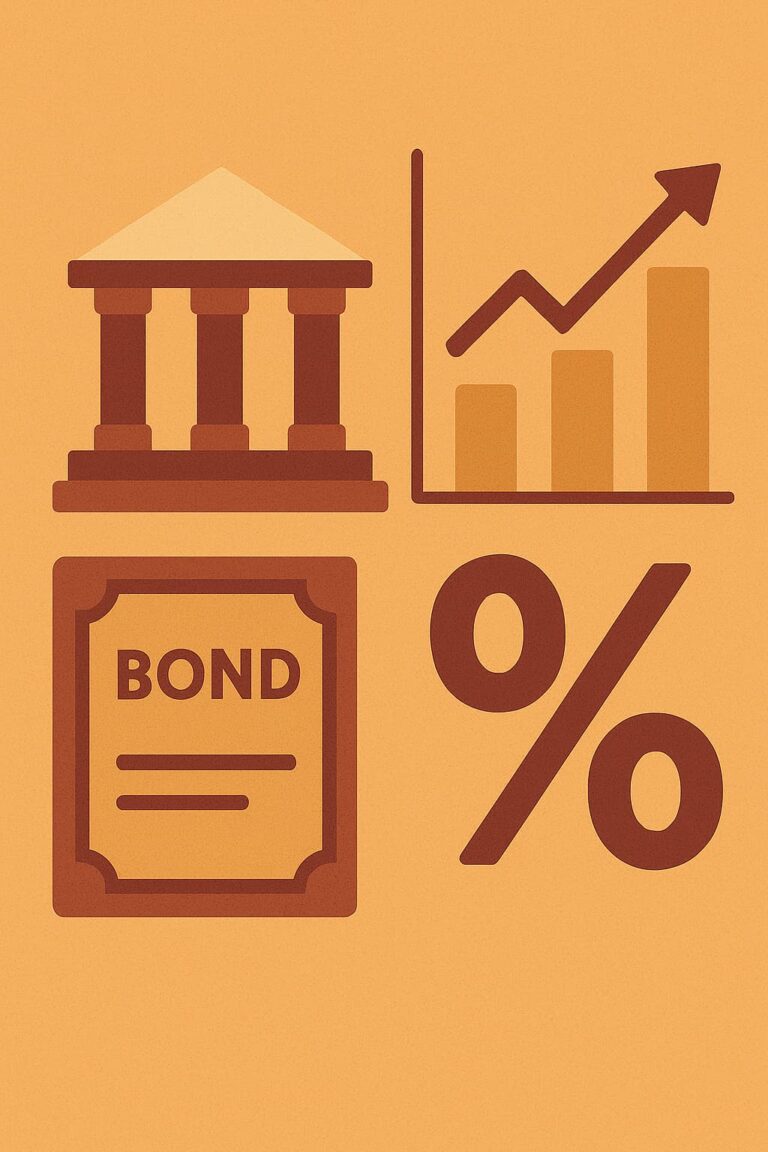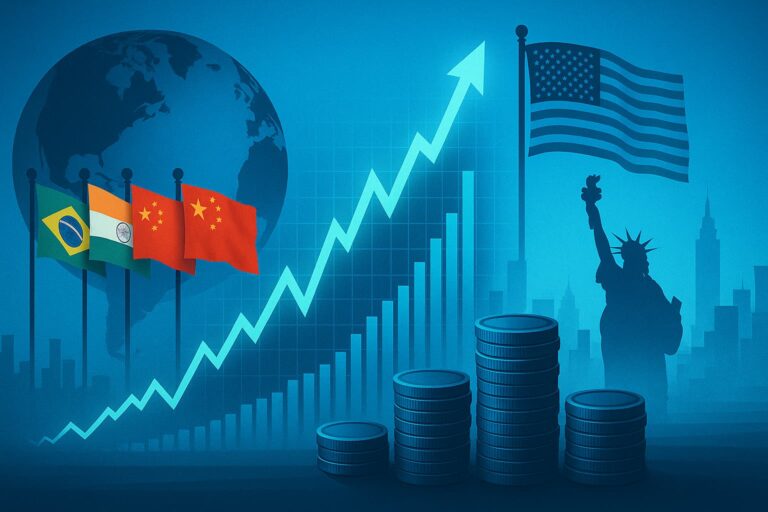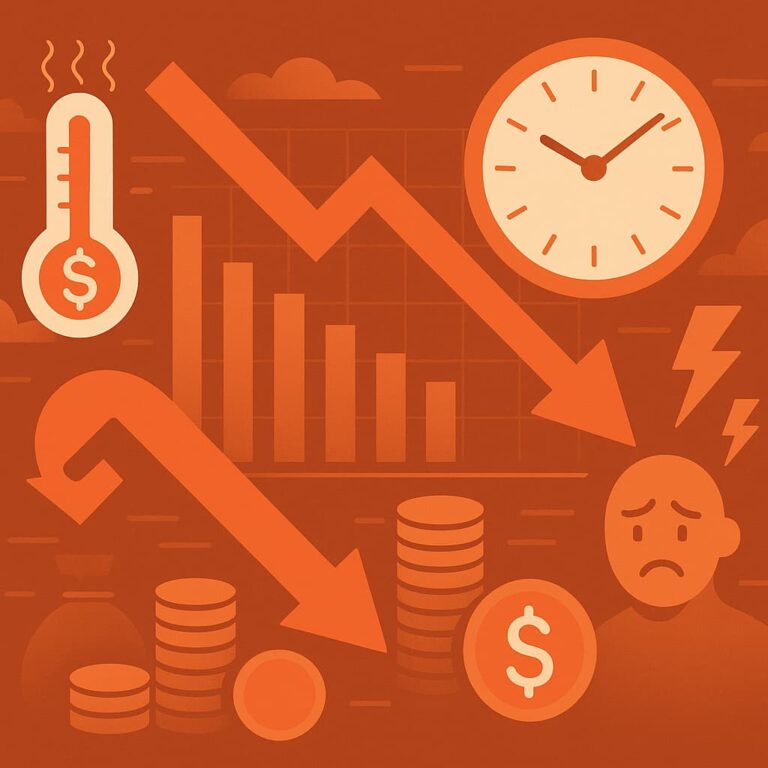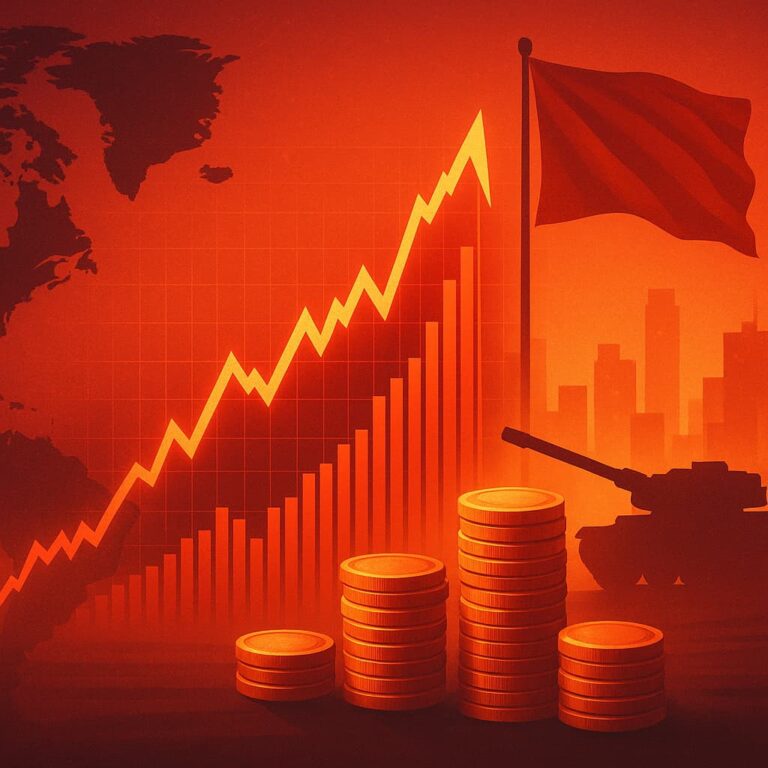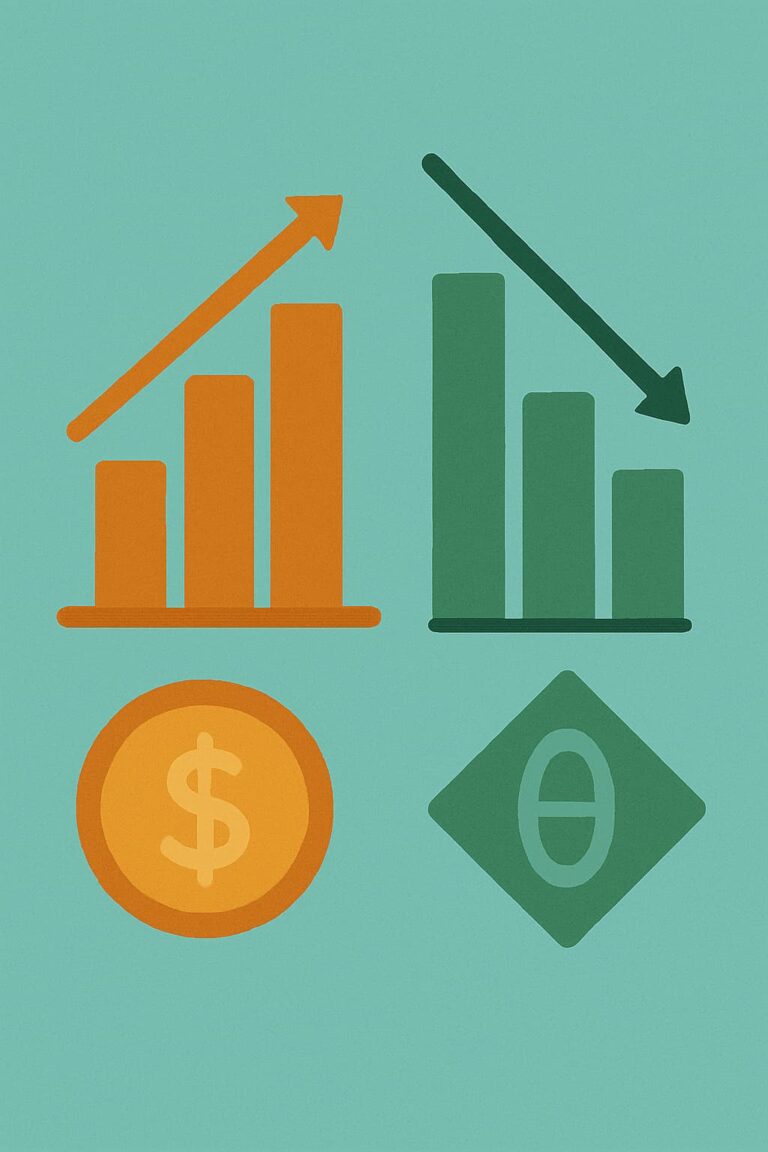Wie KI und Algorithmen die Handelslandschaft verändern
In the last decade, artificial intelligence and algorithmic trading have reshaped how financial markets operate. From Wall Street to retail trading apps, machines are now executing trades faster, smarter, and often more profitably than human investors.
This revolution is not only technological but strategic—changing the roles of traders, analysts, and even how assets are priced and risk is assessed.
The Rise of Algorithmic Trading
Algorithmic trading, often called algo trading, uses pre-programmed instructions to execute trades based on timing, price, volume, or complex mathematical models. AI enhances this by enabling systems to learn and adapt from market data in real time.
Key Features of Algo Trading
- Executes thousands of trades per second
- Minimizes human error and emotional bias
- Reduces trading costs through efficiency
- Exploits small, short-term market inefficiencies
Common Use Cases
- High-frequency trading (HFT)
- Arbitrage opportunities across exchanges
- Market-making strategies
- Stop-loss and trailing orders automation
How AI Elevates Trading Strategies
AI goes beyond traditional algorithms by analyzing massive datasets, learning patterns, and adjusting strategies dynamically. It’s not just fast—it’s adaptive.
Predictive Analytics
AI models can forecast asset prices by analyzing economic indicators, sentiment data from news and social media, and historical market behavior.
Natural Language Processing (NLP)
AI systems read earnings reports, news headlines, and even tweets to gauge market sentiment—giving traders an informational edge before price reacts.
Risikomanagement
AI helps portfolio managers assess downside risk faster and rebalance in real time to mitigate exposure based on changing market conditions.
The Human-Machine Collaboration
While AI handles speed and data, humans still guide the strategy. Traders now act more like supervisors—setting rules, monitoring algorithms, and managing exceptions.
Human Oversight Matters
- AI can misread anomalies as patterns
- Black swan events still require human judgment
- Ethics and regulatory compliance must be considered
Blending Roles
- Data scientists work alongside traders
- Financial analysts translate AI outputs into client strategies
- UX designers make AI tools accessible to non-experts
Democratization of AI Trading
Thanks to cloud computing and APIs, AI-powered trading isn’t just for hedge funds anymore. Retail platforms and robo-advisors are integrating machine learning into apps used by everyday investors.
AI for the Retail Investor
- Personalized investment recommendations
- Auto-rebalancing portfolios based on goals and market shifts
- Emotion-free trading and behavioral coaching via AI
Popular Platforms Offering AI Trading
- Interactive Brokers with AI-driven insights
- Wealthfront and Betterment for automated wealth management
- Alpaca, QuantConnect, and Tradestation for algorithm developers
The Risks of Algorithm-Driven Markets
While AI improves efficiency, it introduces new vulnerabilities—especially around speed, scale, and reliance on data quality.
Flash Crashes
High-frequency AI systems can trigger massive market swings in seconds, as seen in the infamous 2010 Flash Crash and other mini-events since.
Over-Optimization
AI can become too fine-tuned to historical data, making it fragile in unexpected market conditions—a risk known as model overfitting.
Regulatory Concerns
- Who is accountable for AI-driven decisions?
- Can market manipulation be detected in milliseconds?
- Are current laws sufficient to govern machine-led trading?
AI’s Role in Shaping the Future Market
The future of trading is increasingly machine-assisted, but not machine-controlled. AI will expand into new asset classes, automate more complex strategies, and shape how institutions and individuals participate in markets.
What’s Next?
- AI in ESG (Environmental, Social, Governance) investing
- Integration with blockchain for smart contract-based trading
- Emotion-aware AI tools for behavioral finance applications
Key Trends to Watch
- Increased regulatory scrutiny of AI trading practices
- Hybrid human-AI trading teams becoming industry standard
- Real-time multilingual sentiment analysis using global data
Final Thoughts: Evolving with the Machines
AI and algorithms have transformed trading from an art to a blend of science and automation. In this new landscape, speed, data, and adaptability rule. For traders and investors alike, understanding and leveraging these tools is no longer optional—it’s essential.
Markets will always have human emotion, economic uncertainty, and political risk. But with AI at the helm of execution and analysis, the playing field is being redrawn. The winners of the next generation will be those who learn to work with the machines—not against them.
